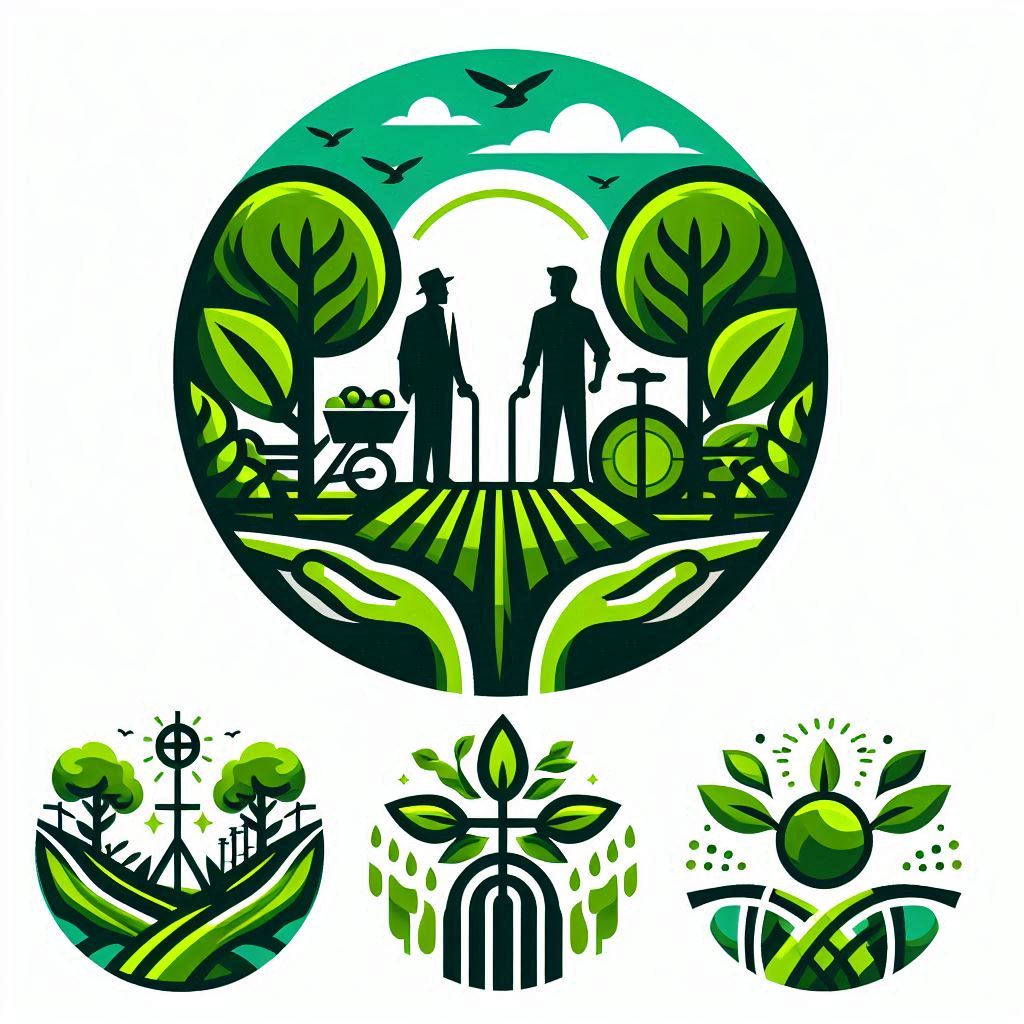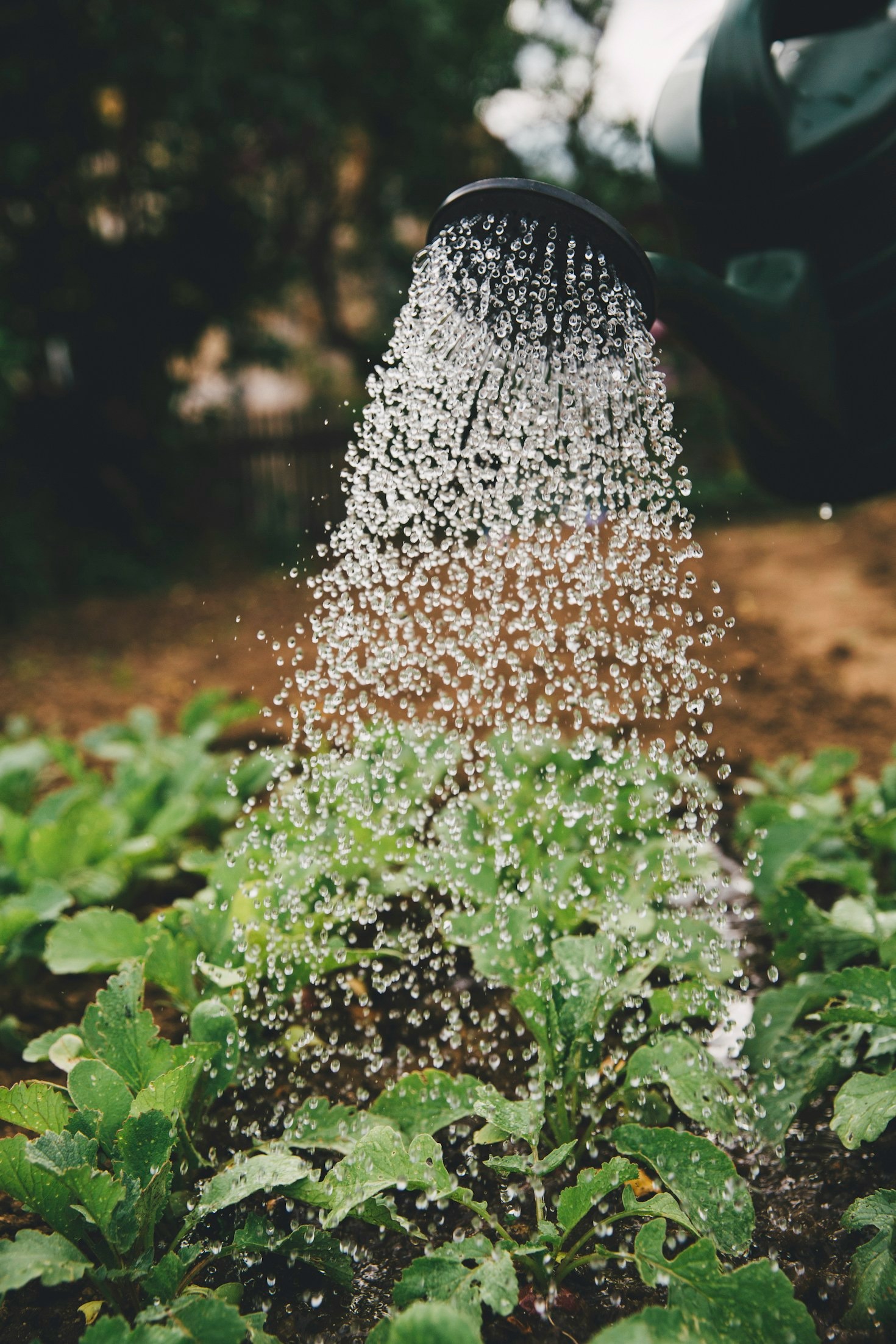Your cart is currently empty!
As the global population continues to grow and the demand for food increases, agriculture faces the dual challenge of enhancing production while minimizing environmental impact. Smart farming, leveraging advanced technologies and data-driven decision-making, is revolutionizing the agricultural landscape. This article explores the role of smart farming in modern agriculture and its potential to improve efficiency, sustainability, and profitability.
Smart farming is revolutionizing agriculture, blending advanced technology with traditional practices to optimize productivity, sustainability, and profitability for a resilient future.
Understanding Smart Farming
Smart farming refers to the integration of modern technology into agricultural practices to optimize production processes. It encompasses various technologies, including the Internet of Things (IoT), big data analytics, artificial intelligence (AI), drones, and automated machinery. By using these tools, farmers can gather real-time data, make informed decisions, and streamline operations.


Key Components of Smart Farming
1. Internet of Things (IoT)
IoT devices are essential in smart farming, allowing farmers to collect and analyze data from the field.
- Sensors and Monitoring Devices: Soil moisture sensors, weather stations, and crop health monitors provide real-time insights into environmental conditions, helping farmers make timely decisions regarding irrigation, fertilization, and pest management.
- Remote Monitoring: IoT technology allows farmers to monitor their fields and equipment remotely, providing flexibility and ensuring timely interventions when necessary.
2. Big Data and Analytics
The vast amount of data generated in farming processes can be harnessed to enhance decision-making.
- Data Collection: Using digital tools, farmers can gather data on crop performance, weather patterns, soil conditions, and market trends.
- Predictive Analytics: Advanced analytics can forecast future outcomes based on historical data, enabling farmers to anticipate challenges like pest outbreaks or yield fluctuations, thus minimizing risks.
3. Drones and Aerial Imaging
Drones have gained popularity in agriculture for their ability to provide detailed, high-resolution images of fields.
- Crop Monitoring: Drones can assess crop health by capturing multispectral images, allowing farmers to identify stressed areas, nutrient deficiencies, or disease outbreaks early.
- Precision Spraying: Drones equipped with sprayers can apply pesticides and fertilizers more precisely, reducing chemical usage and minimizing environmental impact.
4. Autonomous Machinery
The use of automated equipment is transforming traditional farming practices.
- Robotic Harvesters: Autonomous harvesters can operate in various weather conditions, reducing labor costs and ensuring that crops are harvested at optimal times.
- Self-Driving Tractors: Equipped with GPS and AI, these tractors can navigate fields autonomously, enhancing efficiency and freeing up farmers to focus on strategic tasks.
5. Mobile Applications
Smart farming solutions are increasingly accessible through mobile apps designed for farmers.
- Farm Management Apps: These applications help farmers track operations, manage resources, and maintain records, streamlining administrative tasks and improving productivity.
- Market Access: Mobile platforms can connect farmers directly with consumers, providing insights into market demand and pricing while reducing reliance on intermediaries.
Benefits of Smart Farming
The implementation of smart farming practices offers numerous advantages:
- Increased Efficiency: Automation and data-driven decisions lead to optimized resource use, reducing waste and increasing productivity.
- Sustainability: Smart farming technologies enable farmers to use inputs more judiciously, promoting environmentally sustainable practices that conserve resources.
- Improved Crop Management: Real-time data and remote monitoring allow for precise interventions, enhancing crop health and yield.
- Enhanced Profitability: By reducing costs and increasing yields, smart farming helps boost farmers’ income levels, making agriculture a more viable profession.
- Resilience to Climate Change: Smart farming practices can help farmers adapt to the challenges posed by climate variability, as advanced monitoring tools provide insights into changing weather patterns.
Challenges and Considerations
While smart farming presents numerous benefits, several challenges remain:
- Cost of Implementation: Smallholder farmers may find it difficult to invest in the initial costs of technology and training.
- Data Privacy Concerns: With an increased reliance on data, issues regarding privacy and ownership may arise, necessitating clear regulations.
- Technology Adoption: Farmers may need training and support to effectively utilize smart farming technologies, which can be a barrier to widespread adoption.
Conclusion
Smart farming is shaping the future of agriculture by integrating advanced technology into everyday practices. As farmers adopt these innovative solutions, they can improve efficiency, sustainability, and profitability. With the potential to meet the growing demand for food while minimizing environmental impact, smart farming is a crucial component of modern agriculture’s evolution. As technologies continue to advance, the role of smart farming will only become more significant in ensuring food security and sustainability for future generations.


Leave a Reply